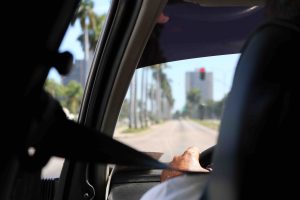With 2020 already well underway, it can be helpful to review fatal car accident statistics from previous years as a way of comparing trends. According to the Florida Department of Highway Safety and Motor Vehicle (FLHSMV) Crash Dashboard for 2018, there were 64,627 collisions in Miami-Dade County, killing 293 victims. The data for 2019 indicates a drop in the number of total accidents, down to 64,495; however, the number of fatalities was higher, as 335. So far this year, 29 people have been killed in 5,915 crashes.
A fatal auto collision involves implications that extend far beyond the loss of life. Surviving loved ones lost a family member, often one they depended upon for financial support, care, and guidance. In such situations, it is important to discuss your rights with a Miami car accidents attorney. You can also review some fatal auto crash statistics to understand just how common these tragedies are.
Fatal Crashes in Miami and the Rest of Florida
 Miami Accident Lawyer Blog
Miami Accident Lawyer Blog









